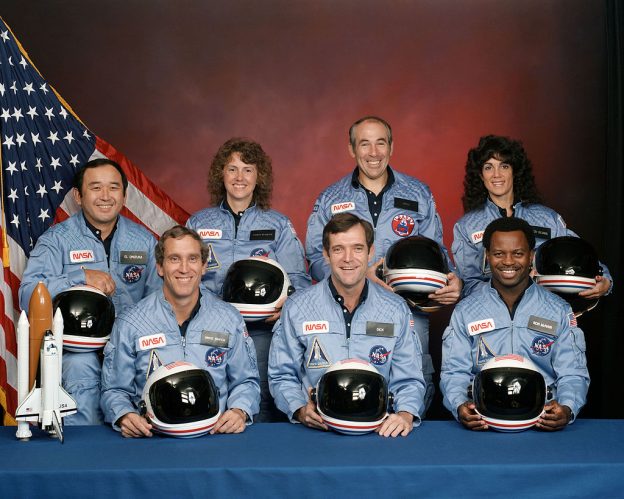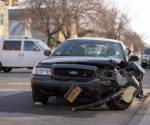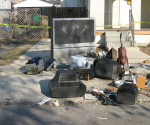The Challenger Disaster: What Went Wrong?
The Space Shuttle Challenger on its STS-51L mission was launched for the first time on January 28, 1986, from pad 39B at the Kennedy Space Center in Cape Canaveral. The families of the astronauts were there, many of whom looked on as the launch got underway, expecting yet another successful Shuttle mission, as had happened many times before. But, sadly, it was not to be.

The crew of Space Shuttle mission STS-51-L pose for their official portrait on November 15, 1985. In the back row from left to right: Ellison S. Onizuka, Sharon Christa McAuliffe, Greg Jarvis, and Judy Resnik. In the front row from left to right: Michael J. Smith, Dick Scobee, and Ron McNair.
Here we look at the challenger disaster facts to understand it better.
What Happened During the Launch & Immediately After?
The Space Shuttle Challenger took off in extremely cold conditions, late in morning. Its engines ignited, the clamps were released, and the body of the shuttle launched, along with its rocket boosters made by a third party. From a distance, at least, all appeared to be going well early into the flight.
However, a flame was observed low down on one of the rocket boosters, which indicated that a seal had broken. Hydrogen gas was seeping out of one of the fuel tanks and it mixed with liquid oxygen. The potent combination caused a chain reaction within the shuttle and the rest of the fuel tanks, and at 72 seconds into flight, the Challenger’s flight came to an explosive end. The main parts of the shuttle and fuel tanks, along with the crew cabin, were seen coming apart, shearing off in all directions over the Atlantic Ocean.
The shocked crowds in the viewing areas outside cried in shock. The NASA Flight Operations Director ordered the doors to be closed and locked, which is a procedure in flight control to preserve all data and keep everyone in place for the subsequent investigation.
What Went Wrong?
A committee was convened to investigate the Shuttle disaster, conclude the cause(s), and make recommendations to avoid the same problem happening again. Many times, the committee was obstructed from finding out the truth of what occurred with no one wanting to admit fault.
Thankfully, NASA had high-speed camera recording devices in strategic locations, which allowed the committee to review the actual footage in high-definition and in slow motion. It became clear that a puff of black smoke appeared near one of the fuel tanks when the Shuttle was barely in the air. This wasn’t picked up at the time because it was one part of a larger debris cloud and easily dismissed. Further indications of a problem occurred much later in the flight, not a few seconds after, indicating that gas was escaping. How could this be?
O-Rings Weren’t Infallible
The O-rings that create a seal between different sections, preventing gas from escaping, are expected to mold themselves around curved or riveted surfaces. They expand and contract, like a wide rubber band, to adapt to the movement and changes in the position of each section.
What wasn’t fully appreciated until later was that the O-rings were known to fail at cooler temperatures? Even at room temperature, they didn’t expand or contract in the way they were supposed to and needed to for flight to be maintained. When these same O-rings are close to freezing temperatures, they become stiff and unmalleable. Because of this, the gas escaped and through a chain reaction caused the demise of the Shuttle and the brave astronauts aboard, including the first teacher in space.
The disaster was avoidable. The engineers at Morton Thiokol who supplied the O-rings notified NASA the day before the launch that they were not designed to operate in freezing temperatures. The sense was that NASA, under pressure to launch commercial and government satellites, succumbed to political pressure to maintain their launch schedule. Despite recommendations otherwise, the launch went ahead, with tragic consequences.
Author: Carol Trehearn














